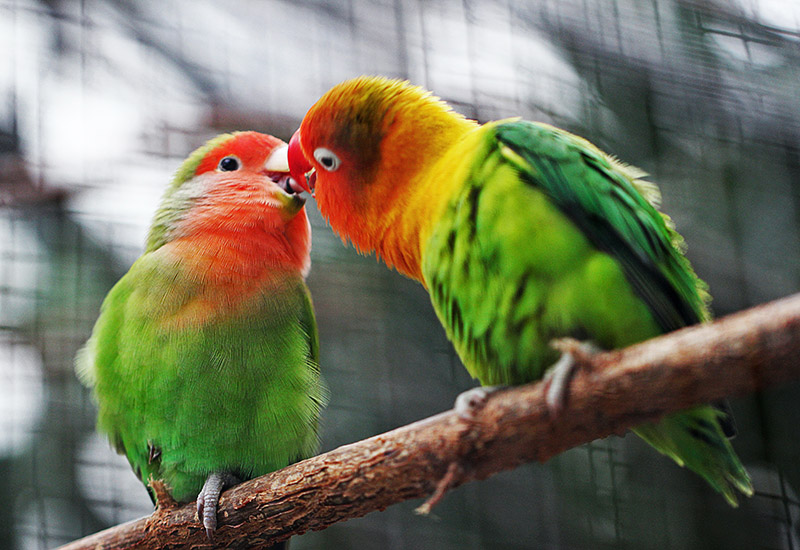Valentine’s Day is just two weekends away, but you probably have enough reminders from all the flowers, hearts and gift guides you’ve been bombarded with on all fronts. This begs the question: how did these items and symbols come to be associated with Valentine’s Day? Or perhaps the question to begin with is how did Valentine’s Day come to be in the first place?
For starters, Valentine’s Day was traditionally celebrated as the Feast of Saint Valentine by Catholics before it was removed from the Calendar of Saints in 1969 due to its murky history, given several contradicting martyrdom accounts linked to its origin.
One legend follows the story of a priest named Valentine who served in third century Rome. This was during the time of Emperor Claudius II, who decreed that single men made better soldiers than those with wives and children, hence outlawing marriage for young men. Valentine defied the order and continued to perform marriages for young lovers in secret, before he was discovered and put to death.
Another story claims that Valentine was killed for attempting to help Christians escape harsh Roman prisons, where they were often persecuted and tortured. Still other stories suggest that an imprisoned Valentine fell in love with his jailor’s daughter who visited him during his confinement, and gave her the first valentine card signed “your Valentine”. In these accounts, Valentine was martyred on February 14 in AD496.
Then there’s the controversial Roman festival of Lupercalia in the Middle Ages, which involved fertility rites and the pairing off of women with men by lottery. Deeming the festival “un-Christian, Pope Gelasius I declared February 14 St. Valentine’s Day in honour of the martyr – though it’s unclear which version of him.
But the Valentine’s Day we know today is more closely attributed to one poet Geoffrey Chaucer, whose 14th-century works “The Parliament of Foules” and “The Complaint of Mars” linked love with St. Valentine. From then on, the day came to be a celebration of romance that’s expressed with flowers, greeting cards and so on – which brings us back to the first question. Read on to discover the most common symbols of Valentine’s Day and the story behind them.
Chocolate

Contrary to popular belief, however, chocolates are not scientifically proven to be an aphrodisiac and any sexual arousal from its consumption is said to be psychological, not physiological. They are proven to be a mood booster though, so it still doesn’t hurt to gift them to your loved ones!
Cupid

When the Roman era began, Eros was renamed Cupid and his dark narrative retold as the cute cherubic boy who follows his mother’s wishes to make people fall in love. The Romans also changed Aphrodite’s name to Venus. This version of Cupid persisted and was later adapted into Valentine cards in the 19th century as its mascot.
Lovebirds

Hearts

Red roses

You may also like: Crazy Rich Asians’ floral designer Eunice Teo on the power of flowers










